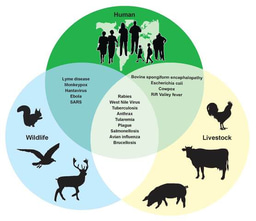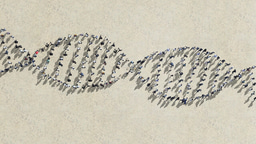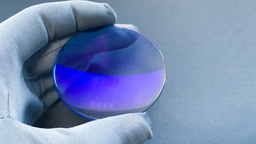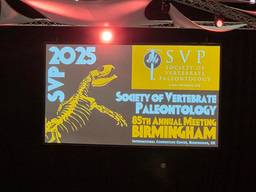As regular readers may know, I occasionally come across chemistry-related newspaper articles on my commute to and from work – and this morning I found another one that I wanted to share.
Flipping through yesterday’s edition of The Times on the way in today, I found an interesting little story about how one section of the population is perhaps not doing all they can in the war on climate change (if we can have a war on terror, surely we can have one on climate change?). Anyway, it turns out that the deceased could be doing more to reduce their carbon footprint…
In the article, ‘Dearly departed encouraged to do their bit on global warming’, a local council in Greater Manchester has suggested that the heat generated when those who have recently shuffled off this mortal coil are cremated, should be used to power the boilers and lights of crematoria. The council officials are treading carefully, however, with one of them admitting that, “If you look at it in black and white, some people might sit there thinking ‘my relative is being cremated to heat the chapel’.”
Much consultation is planned, however, and one local vicar has already given the plan his blessing, “As a final act of generosity, it’s a lovely way for the dead to provide comfort for the living at a difficult time. I think it’s a great idea,” said Reverend Vernon Marshall.
Perhaps the most interesting fact I discovered as I read the article with a certain amount of morbid fascination, however, is that by the year 2020, it is expected that the biggest source of mercury emissions in Britain will be from crematoria. Mercury in tooth fillings vaporises during the process and is released into the atmosphere. Possible solutions include installing filters in crematorium chimneys… or perhaps a little post mortem dentistry, removing the dearly-departed’s teeth before cremation (see this article from the LA Times).
One of my colleagues this morning asked if burial was any better – does the mercury eventually leech back into the soil and water, it may not be returned to the environment as quickly, but does anyone know if that is a potential problem?
Stuart
Stuart Cantrill (Senior Editor, Nature Nanotechnology)





Please sign in or register for FREE
If you are a registered user on Research Communities by Springer Nature, please sign in